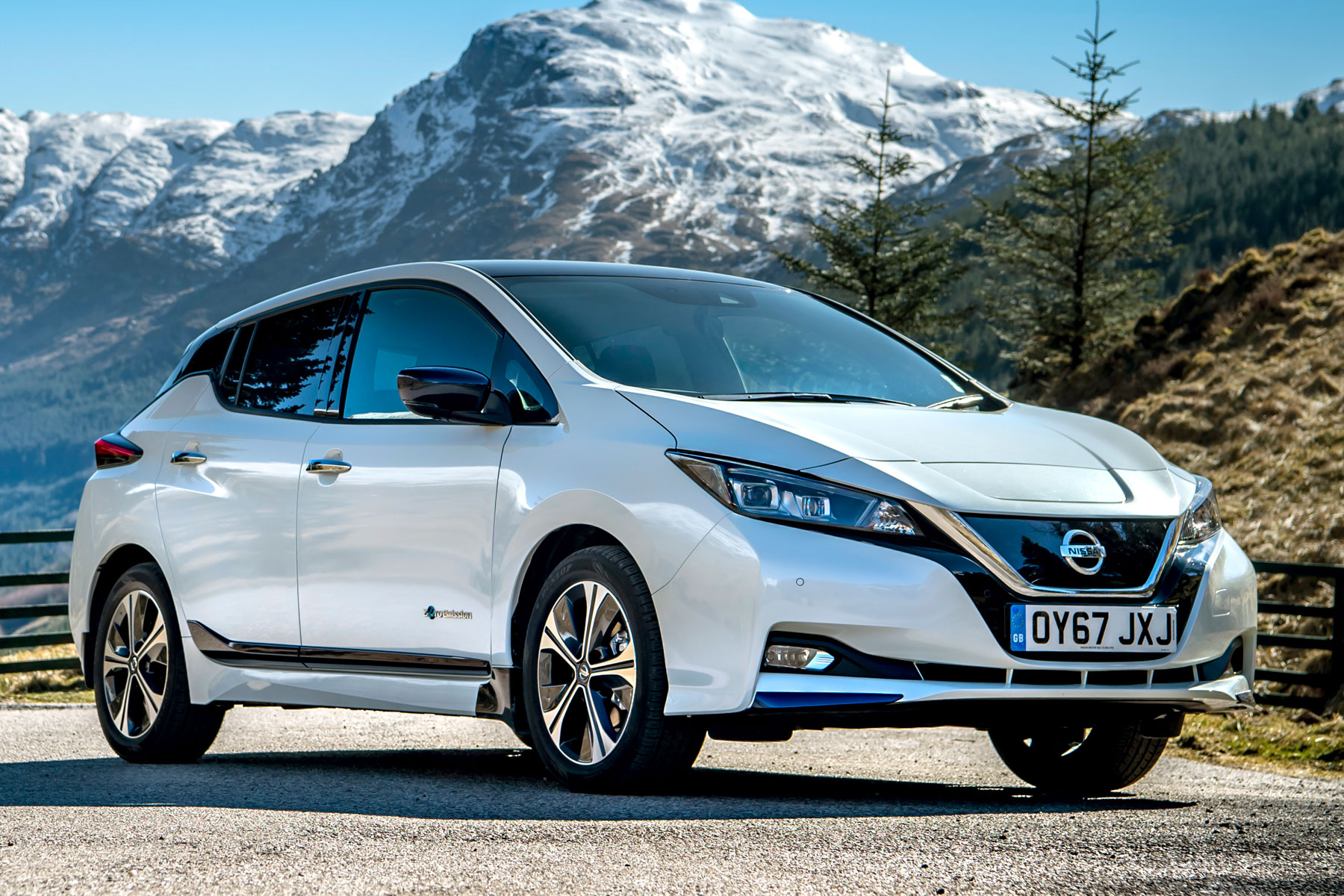
The electric Nissan Leaf has been awarded five stars as part of a tougher Euro NCAP safety test introduced for 2018.
NCAP says it’s revised its agenda to focus on safety technology to help protect vulnerable road users, including the introduction of a cycling detection test for autonomous emergency braking.
Detecting cyclists presents new challenges to car manufacturers, says NCAP: “Sensors must have a wide angle of view to detect fast-moving cyclists in good time, and complex algorithms are needed to ensure correct identification of potential collision threats while avoiding false activations.”
The new Nissan Leaf is the first car to be tested for its cyclist-detection with auto brake technology.
“These latest updates in Euro NCAP’s active safety testing focus on both the protection of those inside the car and those who share road-space with it,” said Euro NCAP’s secretary general, Michiel van Ratingen.
“Our new assessments demonstrate the increasing level of sophistication that can be achieved by connecting various sensor systems installed on the vehicle. As the cost of these systems drops and computing capabilities increase, standard vehicles will soon become able to help prevent significantly more complex real-life crashes.
“Euro NCAP seeks to encourage this trend and in the context of a safe systems approach, will continue to challenge auto makers to deliver the highest levels of safety performance as standard, for car occupants and vulnerable road users.”
When the original Nissan Leaf was launched in 2011, it was the first all-electric car to be rated five stars by Euro NCAP. With car buyers being encouraged to turn away from conventional engines, NCAP says the Leaf proves that environmental friendliness does not need to come at the expense of improved safety.
As well as a focus on cyclist detection, other changes to the Euro NCAP test for 2018 include testing of pedestrian detection in darkness and obscure lighting conditions to ensure these systems work at all times.
Emergency lane keeping systems are also being tested – with NCAP ensuring they react to the road edge (marked and unmarked) so the vehicle does not run off the road or steer into the path of another vehicle.